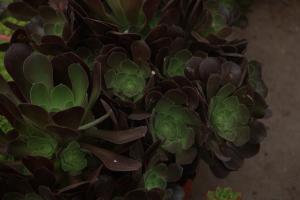What are Endoplasmic Reticulum in Plant and Animal Cells?
The endoplasmic reticulum (ER) is an essential component of the eukaryotic cell, a type of cell found in both plants and animals. It is a complex network of tubules and sacs that spreads throughout the cytoplasm and is composed of two distinct regions: the rough endoplasmic reticulum (RER) and the smooth endoplasmic reticulum (SER).
Rough Endoplasmic Reticulum (RER)
The RER is so called because it has ribosomes embedded in its surface, giving it a rough appearance under the electron microscope. Ribosomes are responsible for protein synthesis and the proteins synthesized on RER are either for secretion or for incorporation into membranes such as those of organelles.
Proteins that are translocated into the lumen of RER undergo posttranslational modifications such as folding, glycosylation, and disulfide bond formation. Proper folding is critical for protein function and failure in folding could lead to diseases such as Alzheimer鈥檚 disease and cystic fibrosis.
Smooth Endoplasmic Reticulum (SER)
The SER is a tubular network that lacks ribosomes on its surface. It is involved in diverse cellular functions such as lipid metabolism, drug detoxification, and calcium storage. The synthesis of lipids such as cholesterol and phospholipids takes place on the surface of SER whereas drug detoxification involves a group of enzymes known as cytochrome P450 oxidases, which are abundant in SER.
Cytosolic calcium ions can be sequestered into the SER via ATP-dependent calcium pumps and released back into the cytosol when needed. This is important in controlling the calcium concentration inside the cell, which regulates many cellular processes such as muscle contraction and neurotransmitter release.
Conclusion
Overall, the ER is a highly dynamic organelle that plays vital roles in the proper functioning of a cell. Despite their differences in structure and function, the RER and SER are highly interconnected and their activities are coordinated to maintain cellular homeostasis. A better understanding of the ER will provide insights into many human diseases and may facilitate the development of new therapeutics.

 how many times do yo...
how many times do yo... how many planted tre...
how many planted tre... how many pine trees ...
how many pine trees ... how many pecan trees...
how many pecan trees... how many plants comp...
how many plants comp... how many plants can ...
how many plants can ... how many plants and ...
how many plants and ... how many pepper plan...
how many pepper plan...






























